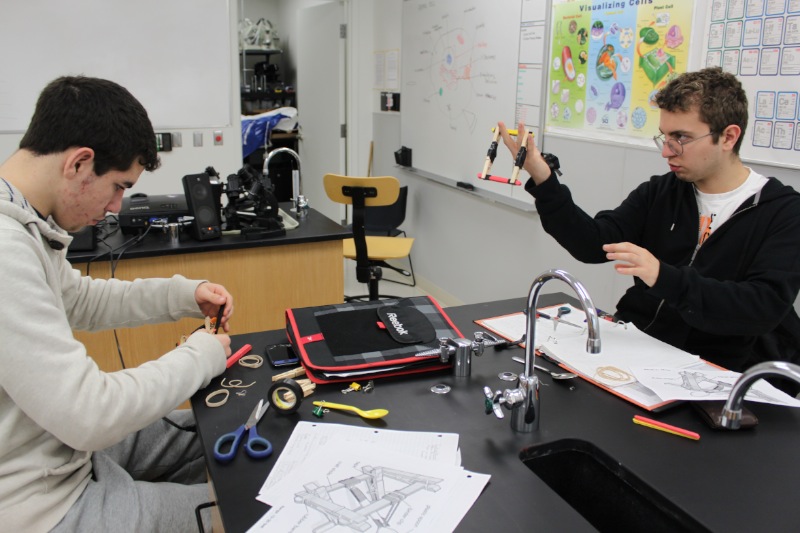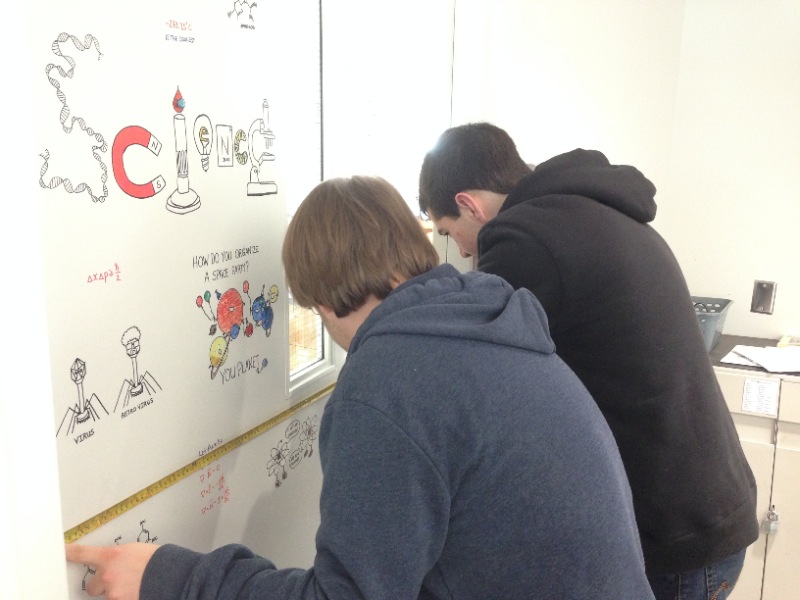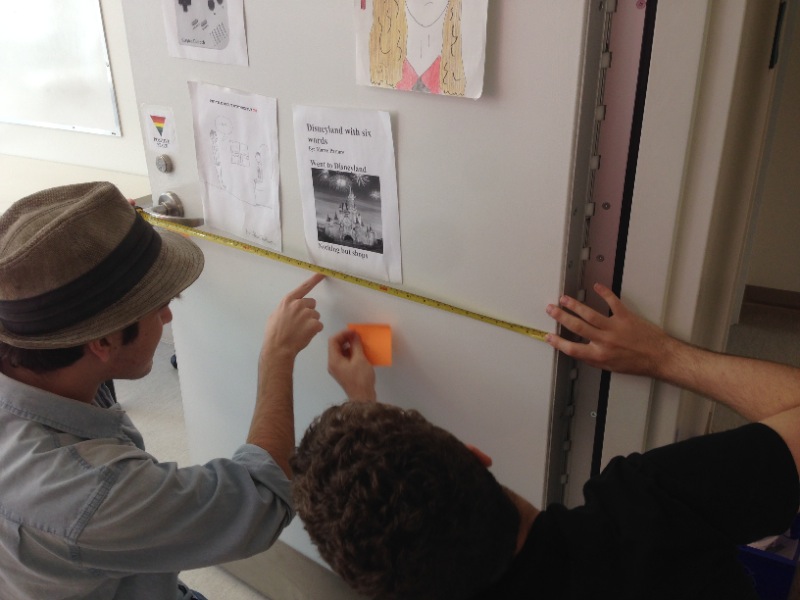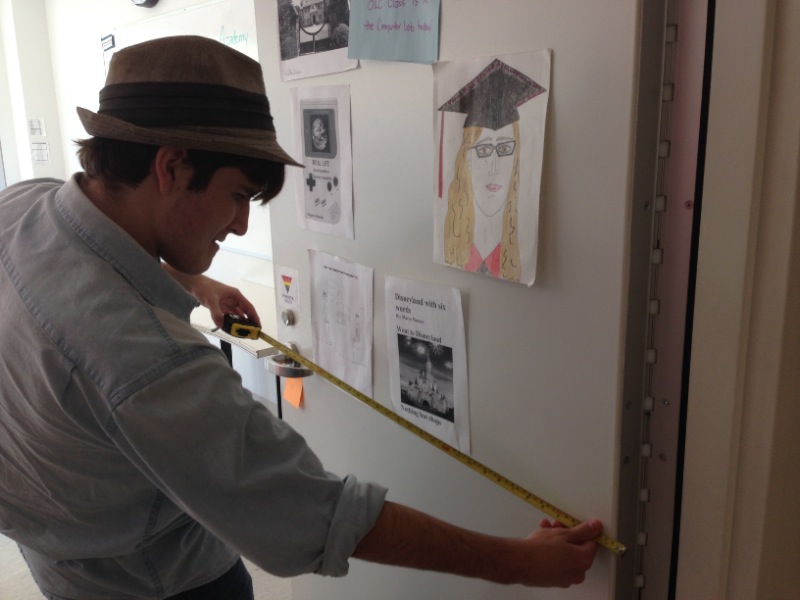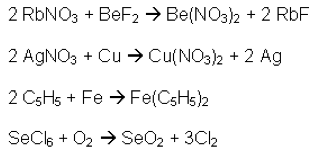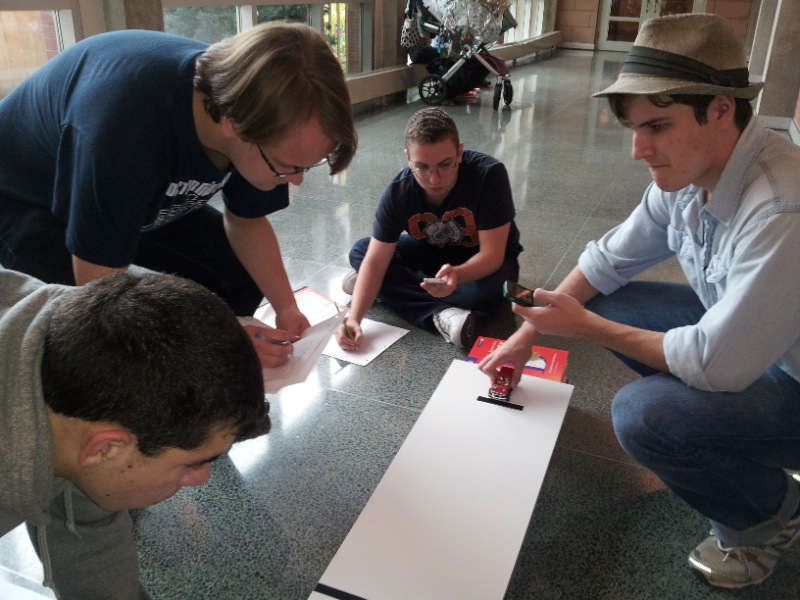Perogie Palaces and Lactose Free Cupcakes
The grade 12 food and nutrition sciences class takes a look at the many aspects of food and nutrition. Our current unit “Self and Others” takes a look at the personal and social reasons we eat. In this unit, students are expected to plan and prepare foods based on various criteria.
For the first menu, students had to plan a menu taking into consideration economic, geographic, and seasonal factors. Students were split into six groups of two and asked to plan a menu with the following criteria:
- Time (no more than 75 minutes to prepare, cook, clean-up, and eat)
- Cost (between $50-$60)
- Seasonal & Geographic (use fruits and/or vegetables that are available in Ontario during October or November
Once students found a recipe that fit the above criteria they made a presentation to their classmates outlining all the information as well as preparing a shopping list for all the ingredients. The class voted on making a dish called “Perogie Palace” as well as a dessert of apples, spices and vanilla ice cream.
The second menu had students planning a menu that had to meet a dietary need, and decided on making lactose free muffins. The ingredients for both menus were purchased at Loblaws during two separate class trips. Both menus were prepared and received very well by Academy staff and students, and were quite delicious. Stay tuned for our next cooking adventure update.
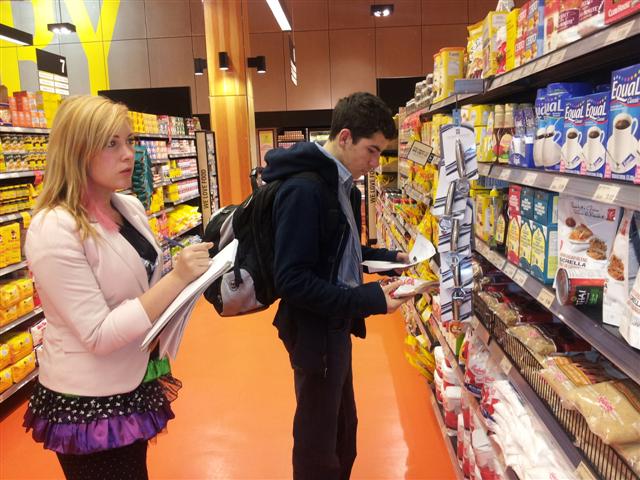
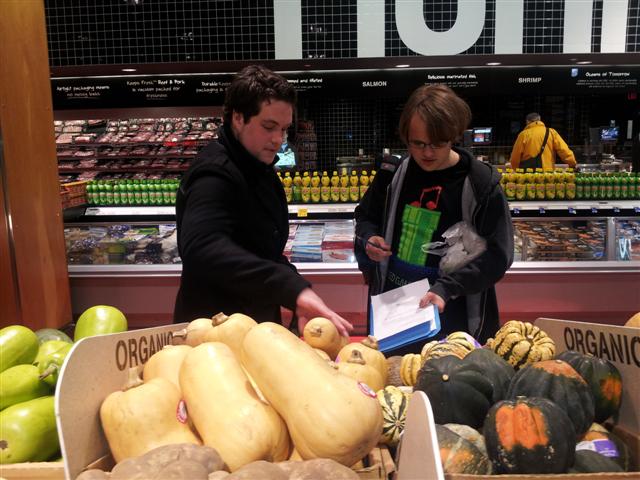
Check out the rest of the pictures on our Facebook Page!


